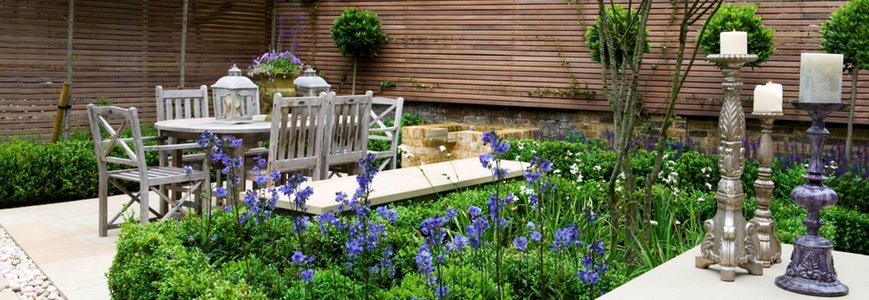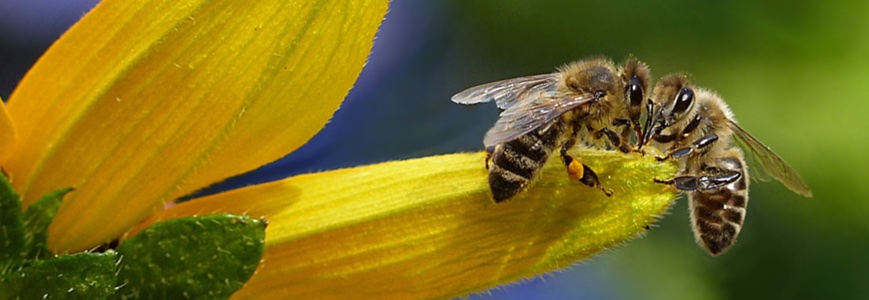THE LANDSCAPING SOLUTIONS BLOG
Welcome to our Blog. Inspiration, updates and industry trends from the team at Landscaping Solutions.
DOES A GARDEN ADD TO THE VALUE OF YOUR HOME?

As you would expect, the majority of people go to great lengths when sprucing up their homes in the hope of making a sale. In the past gardens would foolishly be overlooked in this process, their potential undervalued by homeowners and prospective buyers alike.
But times have changed. Almost 40% of Brits now spend more time in their gardens compared to five years ago.
Over the years homeowners have begun to take more and more pride in the layout and landscaping of their gardens, with buyers also following suit, putting the same emphasis on the garden as they do other rooms when viewing a property. The garden is becoming an integral consideration in the house buying process.
A huge part of selling a house is standing out from the crowd. Large or small, the condition and appearance of a property’s garden is going to play a part in successfully achieving that.
First impressions count and in many cases the garden is the first thing a person sees when arriving at your property. A badly maintained garden could be enough to put off a potential buyer before they even set foot inside.
Research recently conducted by property buying website “Sell House Fast” surveyed estate agents, garden designers, landscape gardeners, property professionals and consultants. The results found that a well-maintained garden can add up to 20% to the value of your property. Based on the current UK average for property prices that’s £60,000, and up to £90,000 for properties in London.
We’re not necessarily talking about acres of land either. The majority of the estate agents surveyed agreed that even a small garden or courtyard, if well crafted, would certainly be worth more than a similar property on the same street where nothing had been done.
In a separate survey conducted by estate agent Foxtons it was also found that 72% of their clients said they would pay more for a home with a garden.
What is certain from all this is that a well-maintained outdoor space is more in demand then ever before and if you are thinking of selling up in the near future, your garden could easily be the deal breaker.
If you have found this article interesting you may also enjoy one of our previous articles; The Importance Of Good Garden Design And Landscaping.
THE BUZZ SURROUNDING BEES

The Scottish government has launched a new “pollinator strategy” in an attempt to halt the rapid decline of pollinating insects such as honey bees, bumble bees and butterflies.
When compared to previous figures, the evidence suggests that the health and abundance of bees and other pollinators throughout the UK is dwindling at an alarming rate.
Since the 1980’s the number of pollinating insects in Scotland alone is estimated to have declined by a staggering 51%.
By setting out an ambitious 10-year plan the new pollinator strategy aims to make Scotland a more pollinator friendly place.
As part of the strategy homeowners and commercial landscape gardeners are being urged to plant pollinator-friendly plants in their gardens. Owners of flats and offices are also being encouraged to create rooftop, balcony and window-ledge gardens, with the specific aim of boosting flower-rich habitats by making better use of our urban infrastructure. In addition the strategy also proposes the development of bee and butterfly-friendly pest control as well as new research into the impact of climate change on pollinators.
It’s no secret bees are facing tough times and its a subject matter not without it’s fair share of media attention. Back in October last year we did a piece on the Landscaping Solutions blog covering their plight (Bees In Crisis) and there has also been plenty of publicity urging gardeners to grow flowers that attract bees and butterflies to their gardens.
Though undoubtedly this is all a step in the right direction, successfully reversing the decline is going to be no easy task. Planting a lot more flowers is not necessarily going to solve the problem as there is no clear cut answer as to why pollinating insects are under such threat.
Circumstances affecting the honeybee are different to those affecting bumblebees. Some species of bumblebee are actually doing well and have increased their distribution across the UK. These are mainly species that are able to collect nectar and pollen from a wide range of plants, including garden flowers.
Other species on the other hand are more selective in their flower-visiting routines and with the gradual loss of their natural habitats have shown a marked decline in population. Over the last 30 years 3 different species of bees have become extinct due to these circumstances, with many more dangerously close to extinction.
A recent study at the University of Sussex found that the majority of garden flowers advertised as bee-friendly are relatively useless when it comes to attracting pollinators. In fact the most effective insect-friendly plants are not the ones being recommended by garden centres.
Thankfully the Royal Horticultural Society currently features a comprehensive list on their website of ‘Perfect for Pollinators’ plants which can be viewed here.
As mentioned, pesticides, pollution and climate change also play their part in the decline of pollinators. If we are to safeguard our environment and eventually help to turn the tide on the decline of these vital insects, the key to the success of strategies such as this will lie in the further research and a clearer understanding of our countries delicate ecosystems.